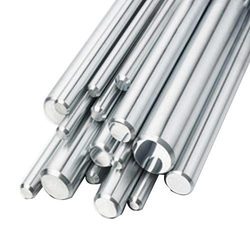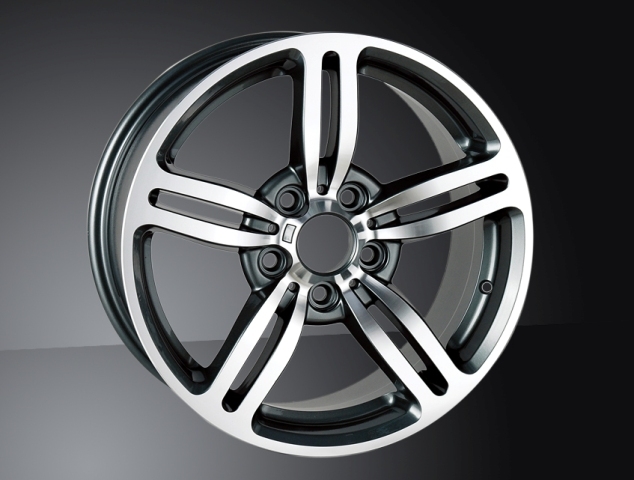How to Make Aluminum Alloys
Aluminum's natural abundance and low density inspire designers to find many uses for it. Adding small amounts of other metals makes it hard enough to be a structural material.

For many years aircraft manufacturers have used aluminum. In addition to being light weight, the materials should be stiff and be able to handle temperature extremes. Lithium, the lightest metallic element, can act as a substitutional impurity in an aluminum crystal. Copper has been found to increase the strength of aluminum-lithium alloys. Magnesium can also be used as an alloying element instead of lithium. The alloys are not quite as resistant to corrosion. Aluminum oxide forms on the surface of pure aluminum, making a protective coating, but its formation is interrupted by the presence of impurities.
Simply mixing lithium or magnesium with aluminum is not enough to make a stiff metal. In bronze, the large tin atoms make it difficult for copper atoms to slide along their slip planes. In steel, the small carbon atoms fill interstices in the iron lattice, preventing the iron planes from slipping. Lithium and magnesium are not larger than aluminum, and if they are at lattice sites they will not stop atoms from slipping.
A process called precipitation hardening reduces the malleability of an aluminum alloy. The material is heated to a temperature below the melting point. This increases the amount of the impurity that will dissolve in aluminum. The alloy is allowed to cool at a particular rate and allowed to age for several days.

Although a lithium or magnesium atom fits in the aluminum lattice, it is not as strongly bonded to the surrounding aluminum atoms as a matching aluminum atom would be. There is some strain on the lattice, distorting it. Heat allows the impurity atoms to drift around in the crystal. When a few lithium atoms meet each other they will bond and form a precipitate, a clump of atoms with a different (smaller) lattice pattern. The precipitates block the slip planes in the aluminum lattice. The material with precipitates is significantly harder.
Aluminum alloys may also be cold-worked. Rolling and pressing distorts grains, and reduces their size.









